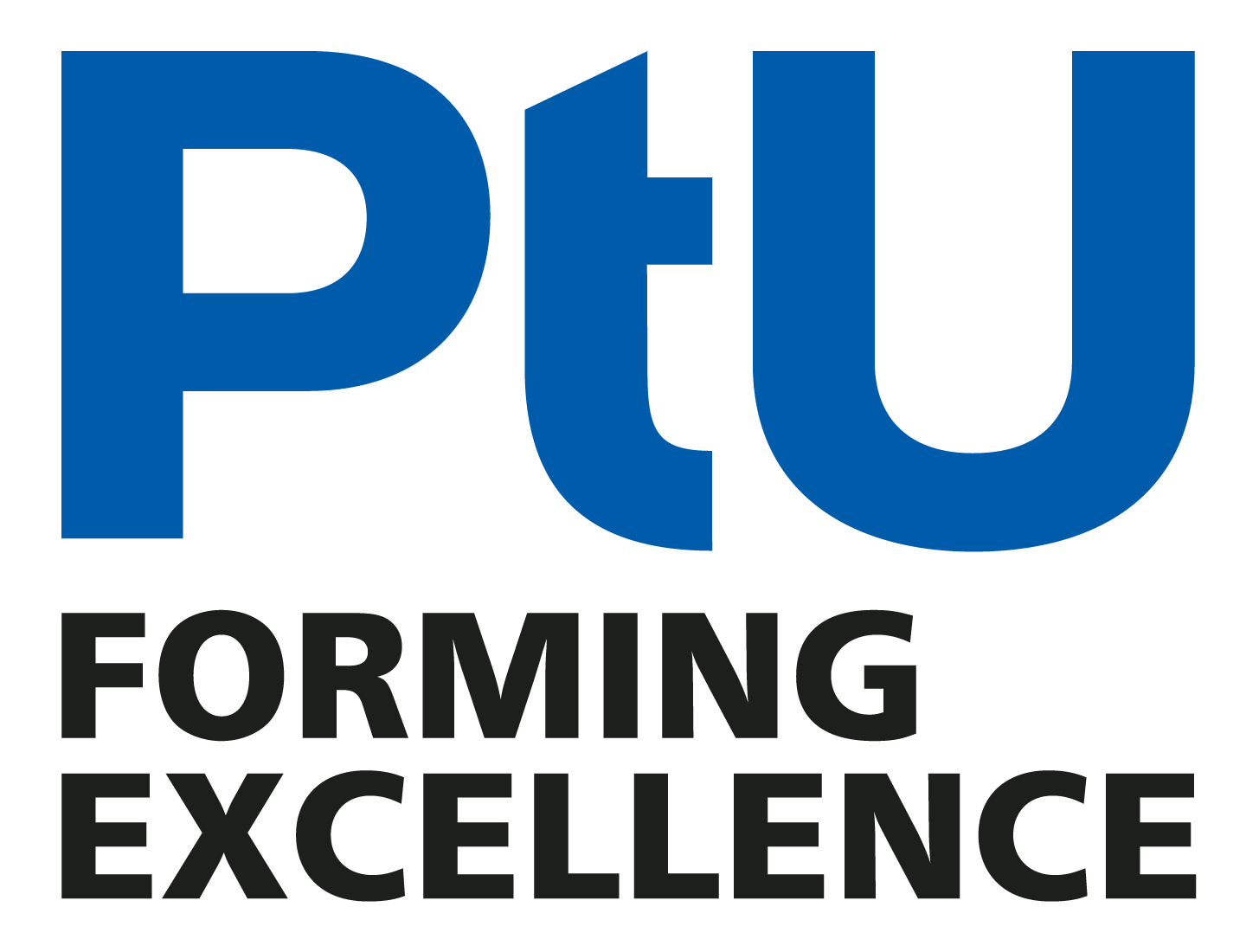Motivation
Cold forging processes provide a high dimensional accuracy and good material properties. Due to high tribological loads, which occur during forming, complex separation and lubrication layers are used to prevent wear and failure of expensive forming tools. Hence, zinc phosphate coatings as conversion layers and soap as a lubricant are used for the forging of steel, though the application and use of zinc phosphate coatings come along with several environmental drawbacks. The use of fast applicable single layer lubricants without a conversion layer enables environmentally friendly process chains and permits innovative process sequences. The reduced processing time compared to conventional lubrication systems enables the implementation of an inline-surface treatment process [1]. The prototype system for an inline-surface treatment process for cold forging operations, which was developed in a previous project, confirmed the feasibility, but also shows the existing limitations for the practicality in the industrial environment.
Approach
In order to expand the possible spectrum of components, the transport, heating and drying units of the existing system are newly designed. For the optimization of the coating unit, coating application experiments with conversion free single layer lubricants are conducted. By varying the surface topography and the method of application the homogeneity of the coating is evaluated. Tribometer tests are used to further characterize the applied coatings. Finally, the production and assembly of the system components as well as the start-up and implementation of the inline-surface treatment in the industrial environment are carried out.
Acknowledgment
The PtU wishes to thank the German Federal Environmental Foundation for funding this project. Furthermore, we want to thank the industrial partners LS Mechanik GmbH and Schondelmaier GmbH Presswerk for supporting the research project









